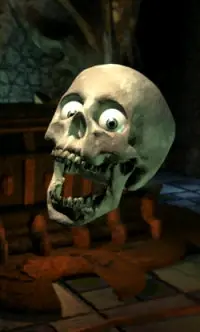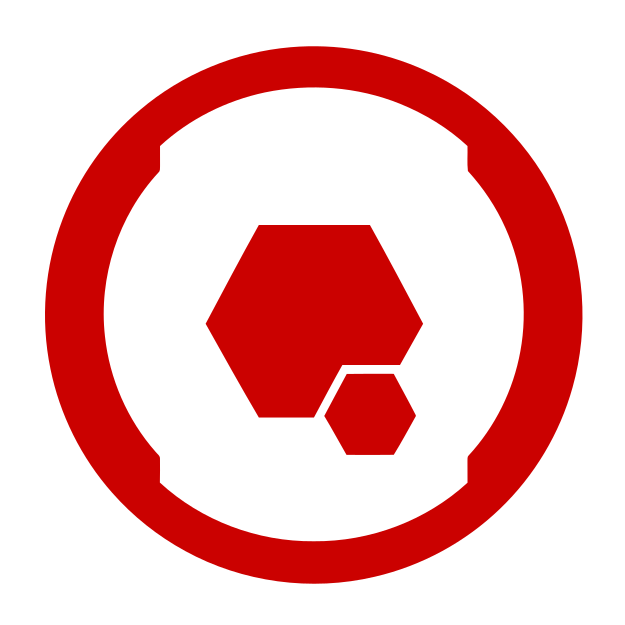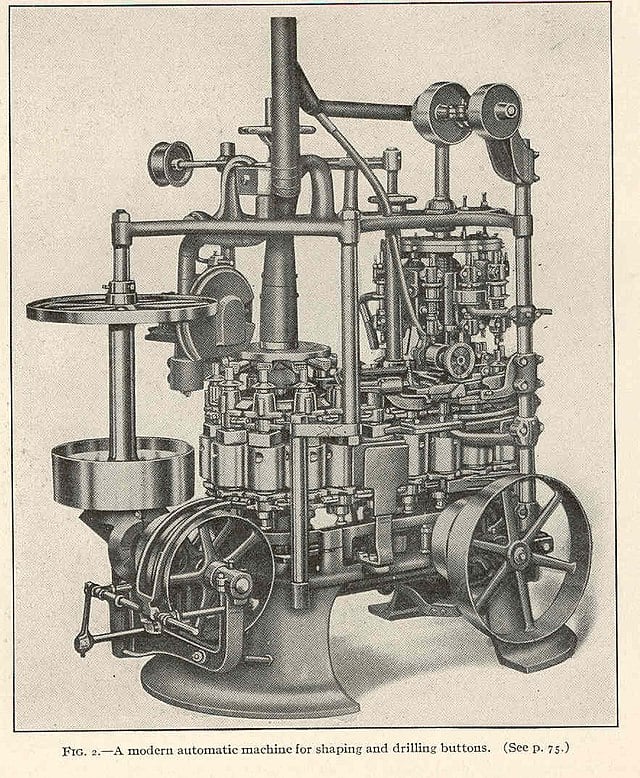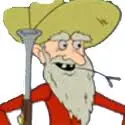ITT: math people going “listen here you little shit”
Don’t the internal angles need to be 90°? Two of those right angles aren’t right angles on the inside.
The interior angles need to be equal 🤓
Thanks, I hate it.
Okay, calm down Diogenes
Straight lines. Also two sets of parallel lines. This is one definition of a square, but not the common one.
This shape could exist as a projection onto an upright cylinder, wrapping around the cylinder. The two straight edges go vertically along opposite sides of the cylinder. The curved lines wrap around the circumference. The lines are now straight and parallel on the net of the cylinder.
But we can go further: Imagine taking this cylinder and extending it. Wrap it into a loop by connecting the top to the bottom so it forms a torus (doughnut) shape. This connects both sides of the shape, now all “interior” angles are on the inside of the square, and all “exterior” angles are on the outside. The inside and outside just happen to be the same side.
I believe these lines are straight with a black hole at the centre.
If that’s so, the angles are probably not right angles.
None of the angles looks wrong either
straight, gay, lines are lines. let them be.
Can straight be defined in a nonlinear environment?
Euclid’s first postulate: Give two points, there exists exactly one straight line that includes both of them.
This only applies in 2nd order real space. Euclidean geometry aside, I agree with at least one line could exist between two points
Counterexample: North and Southpole on Earth.
I would guess on a sphere these can be straight yes: The pole goes into the center of cicular thing and radius of the sphere needs to put the other arc on one latitude.
If it clucks likes a chicken and scratches like a chicken, it’s Man.
I got that reference!
Behold, a featherless biped!
And for those who don’t: Plato, a Greek philosopher, was putatively asked by a student while teaching at the Academy what the definition of a man (human) was. Plato responded that a man is a “featherless biped”.
Diogenes, another Greek philosopher and infamous quick-wit, caught wind of this and thought that was the dumbest thing ever, so he gate-crashed one of Plato’s lectures and pulled out a chicken which had all of its feathers plucked out and said “Behold, a man!”.
Learned this one in 6th grade geometry: drawing a square in thr corner doesn’t make it 90°
drawing a square in thr corner doesn’t make it 90°
No, it doesn’t, but it does mean that, for the purposes of your 6th grade geometry question, you can assume the angle is a right angle. Even if it visible looks like 45°, if they put a square there, that’s 90.
More to the point though, a radius of a circle always meets the circumference at 90 degrees. All the squares in this problem are doing is telling you “this line, if it were continued, would be the radius of the incomplete circle”.
But these are all right angles, as long as the two arcs are centered on the same point as the intersection of the two straight lines.

Oh let’s get pedantic!
The curved edges technically have infinite “side”.
Not if this square is a projection of a curved surface
If it is a projection, then there are more than two curved sides, which also begs credence to the interpretability of the angles they intersect.
Well angles between 3 points are always going to be angles. If your choose a different configuration of dimensional parameters you can effectively project a square from the 2D plane into this exact shape, then logically the angles would follow.
You lost me at 3 points. Could you dumb it down a bit?
Yo bro let’s downscale everything to 2D then upscale it to infinity or something, everything is possible when you project to this demonic crystal justttt this way /s
…and a square has four interior 90 degree angles.
…and based on the infinite number of sides for a curved line aspect, the “90 degree” angles would all be +/- the limit as it approaches zero, so never truly 90 degrees but always an infinite fraction away.
the angles are interior if you go into the scary world of high level maths and their weird fucking geometries.
this is a square, from a certain point of view
Someone knows more calculus than they are letting on…
Hey, I failed the highest level of calculus possible. Twice.
I’ll have you know that I passed the two lowest levels of calculus required for my degree. So you know, I’m something of an expert.
Yeah, we gonna need more rigor on this one.
“A square is a shape made up of four equally long lines a, b, c, d where a is perpendicular to c and d and parallel to b. Each of these lines meet exactly two other lines at it’s ends.”
I’m not a mathematician so there might an odd case somewhere in there. Maybe it has to be confined to a shared plane?
So you’re saying this is the outline of a square in the astral plane? Because it sounds like you’re saying this is a square in the astral plane.
No, just a 2d plane
Lines are infinitely long… do you mean line segments?
Wikipedia has a good enough definition: “It has four straight sides of equal length and four equal angles.” Nice and simple.
Pentagon fits that definition also since it doesn’t specify “it has four and only four” sides
Hey, that’s my job!
Also I don’t think that’s technically the technical classification. I think that sidedness is an attribute that simply doesnt apply to curves.
You can approximate curves with some number of sides, and the approximation gets more accurate as the number approaches infinity, but it doesn’t actually have the infinite sides.Very cool! I’m always happy to learn something new!
I mean, I’m just pedantic; double check with a mathematician, to be sure lol
I’m genuinely curious, what is your job that requires arithmetic?
I feel like most jobs require arithmetic.
But it is not my career to be a pedant, just my role in life 😜Fair
Someone never had to deal with mathematical proofs, only layman’s definitions.
All properties of a parallelogram apply:
- Opposite sides are parallel
- Opposite sides are congruent
- Opposite angles are congruent
- Consecutive angles are supplementary
- Diagonals bisect each other
AND
- All angles are congruent
- All sides are congruent
- Diagonals are congruent
- Diagonals are perpendicular
- Diagonals bisect opposite angles
Of course, but such strict definitions only come about because smart people come up with examples like OP when you don’t add the full definition.
Rotate the cone towards you.
Now you see this. 🤯

uhhh, wait. Under what projection is OP’s “square” reduced to an actual square
It’s possible, but there needs to be a thickness in addition to the length and width.
Im gonna need more than that as an explanation. Sandwiches too if you’re making some
Imagine you have a cookie cutter in that shape. Cut a cookie as thick as the chord of the largest arc.
View the new vertical surface of the longest arc that is now a cylindrical section.
Viola, square. 😁
*munches thoughtfully*
this is terrible, but it tastes okay
Science bitch
deleted by creator
Listen if they put a pepperoni in the center of the pie then a poor cut is clearly the least of our concerns
Always put a pepperoni in the exact middle. It’s like a wishbone, but for pizza. The person who gets the majority of the center pepperoni gets a wish.
A center pepperoni is asking for the center of your pie to be fucked up
A pepperoni is a bell pepper. I have no idea why the USA chose to use this word to mean salami, instead of, you know, salami.
You’re thinking of peperoncino, a spiced chilli pepper also known as sweet Italian peppers. We still have salami in the US.
I’d guess pepperoni is called that because it’s dried salami with pepper seasoning.
I found a link just randomly googling. https://www.thoughtco.com/you-say-pepperoni-3972377
Pepperoni and salami are totally different dude, you might as well be saying that Americans should just call their potatoes “yams”. And you can get both of those sausages and many, many more on your pizza, often at the same time
Plus the table.
The Diogenean Theorem
















